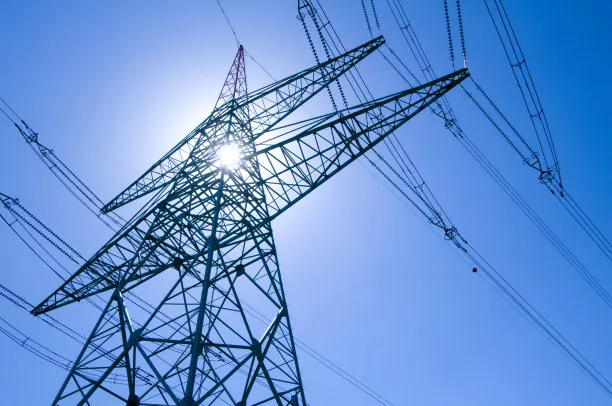- English
- Español
- Português
- русский
- Français
- 日本語
- Deutsch
- tiếng Việt
- Italiano
- Nederlands
- ภาษาไทย
- Polski
- 한국어
- Svenska
- magyar
- Malay
- বাংলা ভাষার
- Dansk
- Suomi
- हिन्दी
- Pilipino
- Türkçe
- Gaeilge
- العربية
- Indonesia
- Norsk
- تمل
- český
- ελληνικά
- український
- Javanese
- فارسی
- தமிழ்
- తెలుగు
- नेपाली
- Burmese
- български
- ລາວ
- Latine
- Қазақша
- Euskal
- Azərbaycan
- Slovenský jazyk
- Македонски
- Lietuvos
- Eesti Keel
- Română
- Slovenski
- मराठी
- Srpski језик
Development trend of anticorrosive materials for steel structures
2022-10-31
At present, the application of nanotechnology in heavy corrosion protection products of steel structures is still in its infancy. Reports on the application of rare products at home and abroad. But there is no doubt that the adoption of nanotechnology will bring huge gains to the field. The REASON IS SIMPLE, because the properties OF the surface materials INVOLVED in protection and the self-protective corrosion products are mainly determined by their microstructure, which involves interface problems, changes in electrochemical processes, transport behavior, and changes in the strength and plasticity of the surface materials. For example, the introduction of some kinds of nanoparticles into organic coatings can increase their aging resistance, and the plasticity of inorganic coatings can be improved by the nano-structure.
1. The main structure of inorganic overburden is nano-sized
In the case of an inorganic anticorrosive coating or surface treatment layer, special methods can be used to make the coating nanostructured, resulting in a range of film properties. In general, the coating is chemically inert relative to the steel matrix. In order to achieve good corrosion prevention effect and long-term non-failure, it is required that the binding strength with the matrix should be high, complete coverage, less porosity and defects, good uniformity, impact resistance, high strength and a certain toughness. Among them toughness and certain deformation ability are important. In many cases, the main reason for the failure of inorganic coatings is their poor toughness. And of course the total amount of binding force. Nanostructure will undoubtedly improve the strength of the inorganic coating, so as to improve its anti-failure ability. Due to the increase of deformation coordination, the bond strength between the deformation and the steel surface will be improved. It should also be noted that the general coating anticorrosion depends on its effect on the transmission of medium and interface bonding, sometimes through the addition of appropriate components, can also have passivation and cathodic protection. To these effects, stratification nanoscale will inevitably bring about beneficial or unbeneficial effects.
2. Improvement of the performance of traditional organic coatings
Nanocomposite coatings, which are formed by adding certain classes of nanoparticles to the coatings, can lead to substantial improvements in performance. Such as TiO2, SiO2, ZnO, Fe2O3 nanoparticles through the ultraviolet scattering effect, can improve the aging resistance of organic coatings. In addition, it can also be used to improve the rheology, adhesion, mechanical strength, hardness, finish, light resistance and weather resistance of some kinds of coatings. The role of nanoparticles in these aspects is no different in nature for anticorrosive coatings for steel structures than for coatings for other purposes. There is a lot of work in this area, but there is still some way to go before it can be effectively used in heavy antisepsis.







